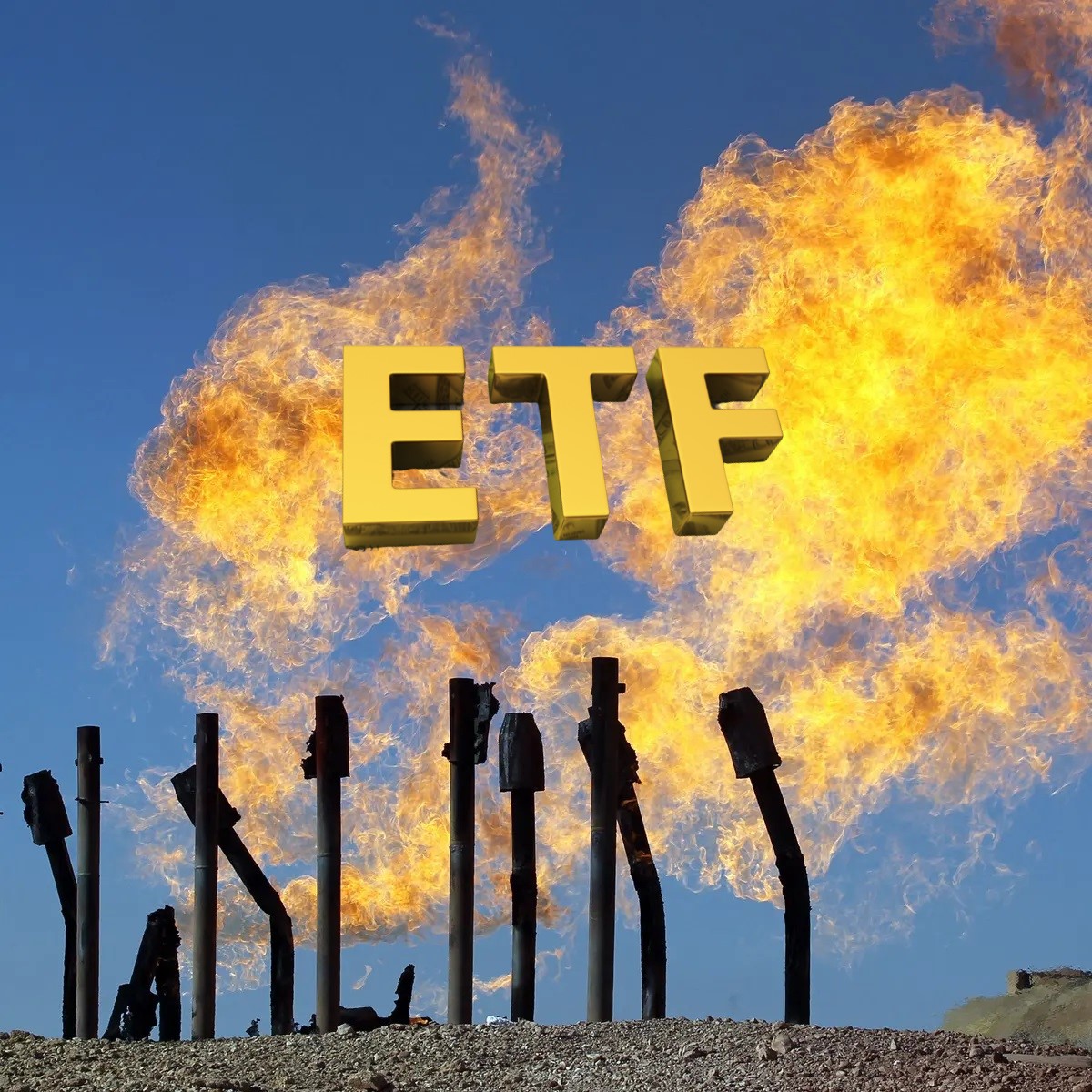
Oil Market Production Cuts: How NYSEARCA:XLE ETF Responding
NYSEARCA: XLE ETF and the Global Oil Market – Crude Prices, Production Cuts, and Sector Volatility in Focus| That's TradingNEWS
The energy sector's performance on the S&P 500 index emerged as the top gainer on Tuesday, with a 2.2% increase as crude oil prices bounced back from a loss in the prior session. This rebound was driven by growing expectations that the oil market would continue to tighten, despite ongoing concerns about economic growth. The U.S. Energy Information Administration (EIA) has reversed its earlier forecast, now predicting a tightening of the global oil market this year. This outlook aligns more closely with the bullish estimates provided by OPEC and the International Energy Agency (IEA). According to the EIA's July report, a slight decrease in global production growth will result in a global supply reduction to 101.1 million barrels per day, marginally less than the predicted global demand of 101.2 million barrels per day. Moreover, the EIA has projected that U.S. crude production will increase from 11.9 million barrels per day in 2022 to 12.6 million barrels per day in 2023, while U.S. liquids consumption is expected to rise slightly from 20.3 million barrels per day in 2022 to 20.4 million barrels per day in 2023. Aligning with these forecasts, the IEA has posited that the oil market will remain tight in the second half of the year, driven by strong demand from China and developing nations, combined with recent supply cuts announced by Saudi Arabia and Russia. Crude oil prices have seen substantial gains recently. Front-month Nymex crude oil for August delivery closed at $74.83 per barrel, marking its seventh gain in the last nine sessions and its best settlement since May 1. Likewise, front-month September Brent crude ended at $79.40 per barrel, its highest finish since April 28. The performance of the Energy Select Sector SPDR Fund (NYSEARCA: XLE), which provides exposure to companies in the oil, gas, and consumable fuel, energy equipment, and services industries, has also been noteworthy. It tracks the Energy Select Sector Index, effectively representing the energy sector of the S&P 500 Index. Despite Tuesday's strong performance, the XLE still lags behind for the year, down ~5% and only outperforming utilities in the 2023 standings. With assets under management of $32.96 billion and an expense ratio of 0.1%, the XLE holds shares in 25 companies, the 10 largest of which comprise 73.67% of the fund. Its largest holdings include Exxon Mobil Corporation (NYSE: XOM) and Chevron Corporation (NYSE: CVX), which make up 22.78% and 19.30% of the fund, respectively. The performance of energy stocks has been characterized by significant volatility over the past two months, primarily due to economic recovery concerns in China. However, Saudi Arabia's decision to cut its oil production demonstrates a commitment to preventing further oil price declines, providing some stability to the market. Despite these challenges, investors should assess the situation carefully, particularly for entities like XLE, as their price action has closely mirrored underlying oil prices. Additionally, Saudi Arabia's surprise production cut and the internal conflicts within OPEC+ may further complicate the situation. Notwithstanding these uncertainties, energy investors should stay patient as they wait for macroeconomic headwinds to subside, especially in key markets like China. In light of these developments, the energy sector seems to be showing signs of resilience. Despite ongoing concerns over the global demand outlook, energy stocks ended a mediocre week on a strong note. This resurgence is linked to recent production cuts announced by Saudi Arabia and Russia, which together amount to a reduction of approximately 5 million barrels per day, or ~5% of global oil demand. Moreover, U.S. crude inventories fell more than expected, and gasoline inventories posted a large draw, as reported by the U.S. Energy Information Administration. However, potential future interest rate hikes by the Federal Reserve could cap these gains. It's a multifaceted picture, requiring keen attention to global economic indicators, geopolitical developments, and sector-specific trends. Composition: XLE is heavily weighted towards Exxon Mobil Corporation (22.17%) and Chevron Corporation (18.95%), which together make up over 40% of the ETF's holdings. This heavy concentration means that the performance of these two companies will have a significant impact on the overall performance of XLE. The remainder of the ETF is more diversified, with companies like Schlumberger N.V., ConocoPhillips, and EOG Resources, among others. Historical Pricing: The ETF has experienced some volatility over the past year, with the price oscillating between a low of $68.66 in September 2022 and a high of $93.15 in January 2023. The ETF has distributed consistent dividends every quarter, which contributes to its total return. Sector Performance: The current sector performance indicates a rally in sour crude prices due to cuts in production from Saudi Arabia and other OPEC+ members. This might impact the performance of the ETF, given that many of its largest holdings are oil companies that could benefit from higher crude prices. However, the performance of natural gas has been less encouraging, with prices pulling back due to profit-taking and bearish fundamentals persisting. Fund Management and Specifics: The ETF is characterized by a low expense ratio of 0.10%, which is substantially lower than the average (0.48%), making it a cost-effective choice for investors seeking exposure to the energy sector. Additionally, it has a high liquidity level, indicated by an average daily share volume of 18,791,818 and an average daily $ volume of $1.47B. It's worth noting the fund operates with a yield of 3.95%, which is attractive for income-focused investors. Performance: The YTD performance of the ETF is negative, reflecting the challenges faced by the energy sector in recent months. Despite this, the ETF has delivered a 19.47% return over the past year and 6.29% over the past five years, demonstrating its capacity for long-term growth. Market Conditions: The ongoing production cuts by Saudi Arabia and the OPEC+ are expected to impact the performance of the ETF. Since the XLE is heavily reliant on the performance of crude oil producers, the bullish trend in sour crude oil prices might contribute to the ETF's growth. In conclusion, XLE provides concentrated exposure to major players in the energy sector. The fund's performance will largely be dictated by macroeconomic factors affecting the energy sector, such as crude oil price fluctuations and production decisions by major oil-producing nations. Despite recent downturns, the fund has shown resilience over the long term. Given the current market conditions and the ETF's low expense ratio, it could be a viable option for investors seeking exposure to the energy sector, with the caveat that it carries a higher risk due to its concentration in a few stocks.
That's TradingNEWS
















